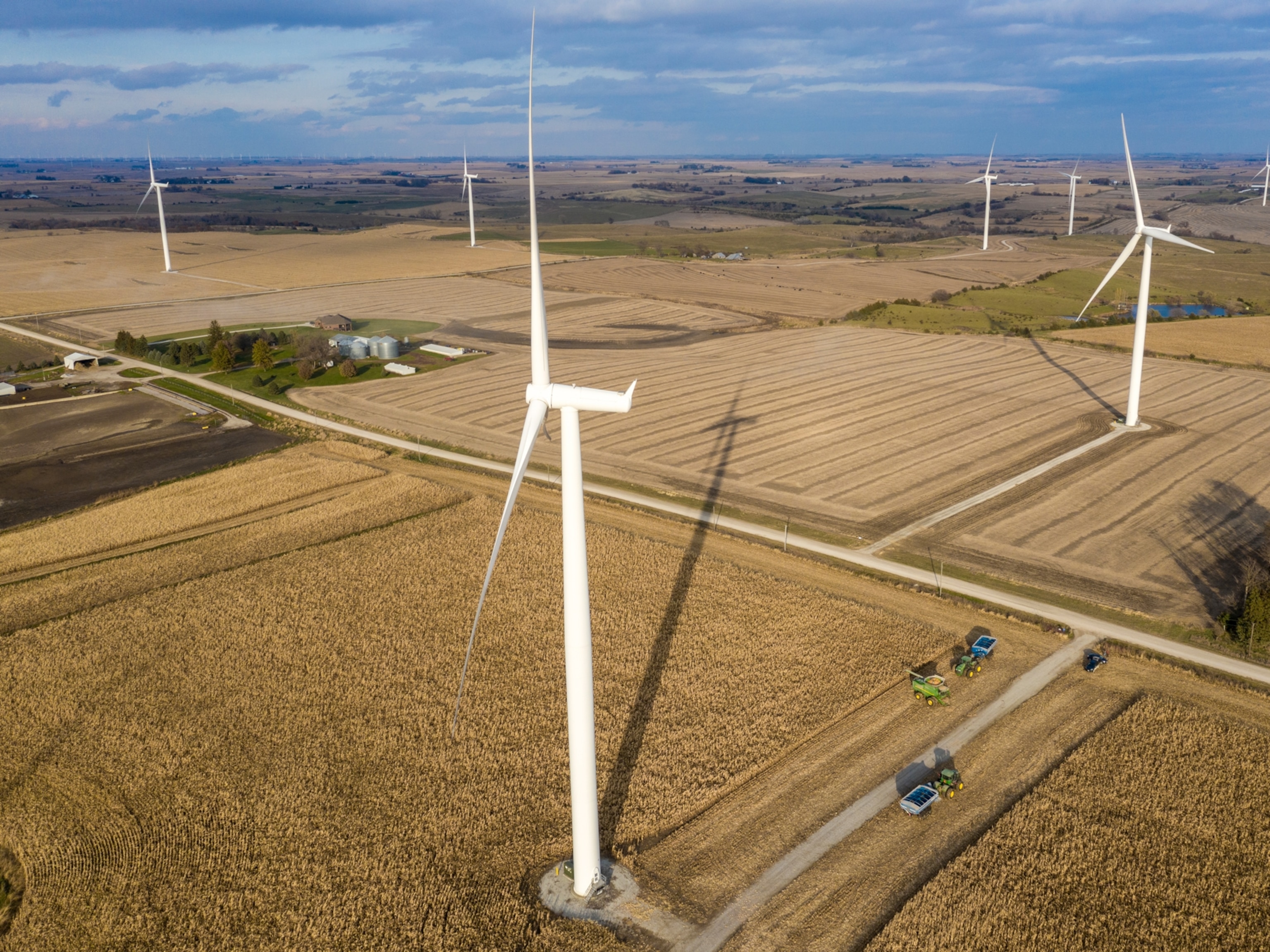
U.S. Fuel Economy Hit New Highs With 2013 Models
American cars are using less gas per mile and emitting less carbon dioxide than ever before, according to a government analysis released Wednesday. The average fuel economy of 2013 models is 27.6 miles per gallon for cars and 19.8 miles per gallon for trucks, “both of which are all-time highs,” said the report from the Environmental Protection Agency.
Fuel economy in the United States has improved in eight of the last nine years, the analysis said, reversing a negative trend between model years 1987 and 2004. Most of the savings are due to engine and transmission innovations such as variable transmissions and variable valve timing. Vehicle weight, which stayed relatively flat, and acceleration power (which continues to increase) also play a role in fuel economy. (Take the quiz: What You Don’t Know About Cars and Fuel)
Among 11 automakers, nine showed improvements in fuel economy and emissions from 2012 to 2013 models, the EPA said. Mazda ranked first for fuel economy, followed by Honda and Subaru. Nissan achieved the greatest efficiency bump (a 2.1 percent inprovement). Only Toyota and Ford showed declines in average fuel economy from 2012 because of increases in the share of truck production, according to the report.
“Consumers now have many more choices when shopping for vehicles with higher fuel economy and lower emissions compared to just five years ago,” EPA Administrator Gina McCarthy said in a statement accompanying the report, saying that automakers were pushing new technologies even faster than anticipated.
Federal regulations, along with a relatively steady rise in gas prices, have pushed automakers to boost fuel efficiency in recent years. In 2012, the Obama administration set mileage standards that require automakers to boost the average efficiency of their fleets to 54.5 miles per gallon (23 kilometers per liter) by 2025. (See related pictures: “Rare Look Inside Carmakers’ Drive for 55 MPG“)
The news from EPA came as the Brookings Institution highlighted U.S. Census data showing that a vast swath of the U.S. public—working millennials and Gen X, spanning ages 16 through 54—have been driving less. The analysis cited use of public transit and working from home as factors, but denser cities and the rise of ride- and car-sharing services might also play a role in the coming decades.
Between fewer drivers and fewer gallons used per mile, the latest data lends support for the Energy Information Administration’s recent projection that gasoline consumption will continue to fall over the next two decades.
(See related news story: “U.S. Teenagers Are Driving Much Less: Four Theories About Why“)
Related Topics
You May Also Like
Go Further
Animals
- Orangutan seen using plants to heal wound for first timeOrangutan seen using plants to heal wound for first time
- What La Palma's 'lava tubes' tell us about life on other planetsWhat La Palma's 'lava tubes' tell us about life on other planets
- This fungus turns cicadas into zombies who procreate—then dieThis fungus turns cicadas into zombies who procreate—then die
- How can we protect grizzlies from their biggest threat—trains?How can we protect grizzlies from their biggest threat—trains?
- This ‘saber-toothed’ salmon wasn’t quite what we thoughtThis ‘saber-toothed’ salmon wasn’t quite what we thought
Environment
- What La Palma's 'lava tubes' tell us about life on other planetsWhat La Palma's 'lava tubes' tell us about life on other planets
- How fungi form ‘fairy rings’ and inspire superstitionsHow fungi form ‘fairy rings’ and inspire superstitions
- Your favorite foods may not taste the same in the future. Here's why.Your favorite foods may not taste the same in the future. Here's why.
- Are the Great Lakes the key to solving America’s emissions conundrum?Are the Great Lakes the key to solving America’s emissions conundrum?
- The world’s historic sites face climate change. Can Petra lead the way?The world’s historic sites face climate change. Can Petra lead the way?
History & Culture
- Meet the ruthless king who unified the Kingdom of Hawai'iMeet the ruthless king who unified the Kingdom of Hawai'i
- Hawaii's Lei Day is about so much more than flowersHawaii's Lei Day is about so much more than flowers
- When treasure hunters find artifacts, who gets to keep them?When treasure hunters find artifacts, who gets to keep them?
Science
- Why ovaries are so crucial to women’s health and longevityWhy ovaries are so crucial to women’s health and longevity
- Orangutan seen using plants to heal wound for first timeOrangutan seen using plants to heal wound for first time
- Should you be concerned about bird flu in your milk?Should you be concerned about bird flu in your milk?
Travel
- 5 of Uganda’s most magnificent national parks
- Paid Content
5 of Uganda’s most magnificent national parks - On this Croatian peninsula, traditions are securing locals' futuresOn this Croatian peninsula, traditions are securing locals' futures
- Are Italy's 'problem bears' a danger to travellers?Are Italy's 'problem bears' a danger to travellers?



